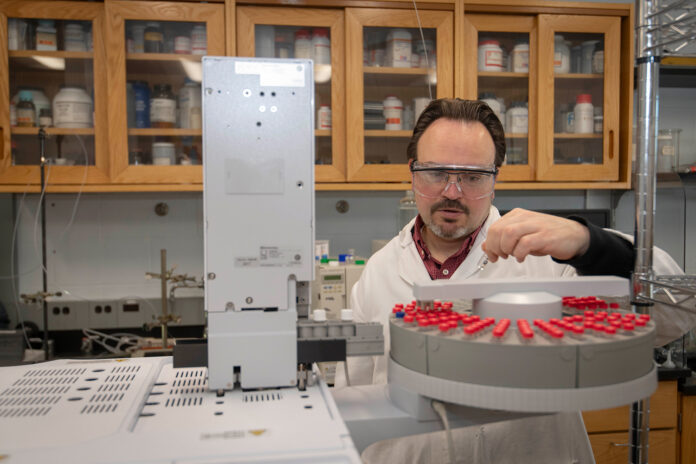The Growing Threat of Ocean Acidification
Our oceans are silently under siege. For decades, they’ve served as a massive carbon sink, absorbing vast amounts of CO2 emissions from human activities. While this has helped mitigate global warming to some extent, it comes at a hidden cost: ocean acidification. The increasing acidity disrupts the delicate chemistry of the seas, upsetting the balance of marine ecosystems and harming coral reefs, shellfish, and countless other species. However, there’s a glimmer of hope on the horizon. Researchers from McMaster University and the University of Toronto are exploring a promising solution – electrochemical technology that could offer a lifeline to our acidifying oceans.
Unveiling the Potential of Electrochemical Technology
The new technology utilizes a process called bipolar membrane electrodialysis (BMED). This method employs electricity and specialized membranes to directly remove acidity from seawater, without the need for additional chemicals. The beauty of BMED lies in its simplicity, requiring only seawater, electricity, and these specialized membranes, making it a potentially scalable solution.
In 2015, a small BMED system, developed with the Palo Alto Research Center and X Development, showed promise. Integration with desalination plants enhanced results. However, challenges such as costly, short-lived membranes hinder widespread adoption. Ongoing research is focusing on developing scalable, cost-effective ultra-thin membranes to overcome these obstacles.
Nevertheless, the initial findings offer a beacon of hope for our oceans. This electrochemical approach, if successfully developed, could be a game-changer in the fight to preserve the health and biodiversity of our marine ecosystems.







